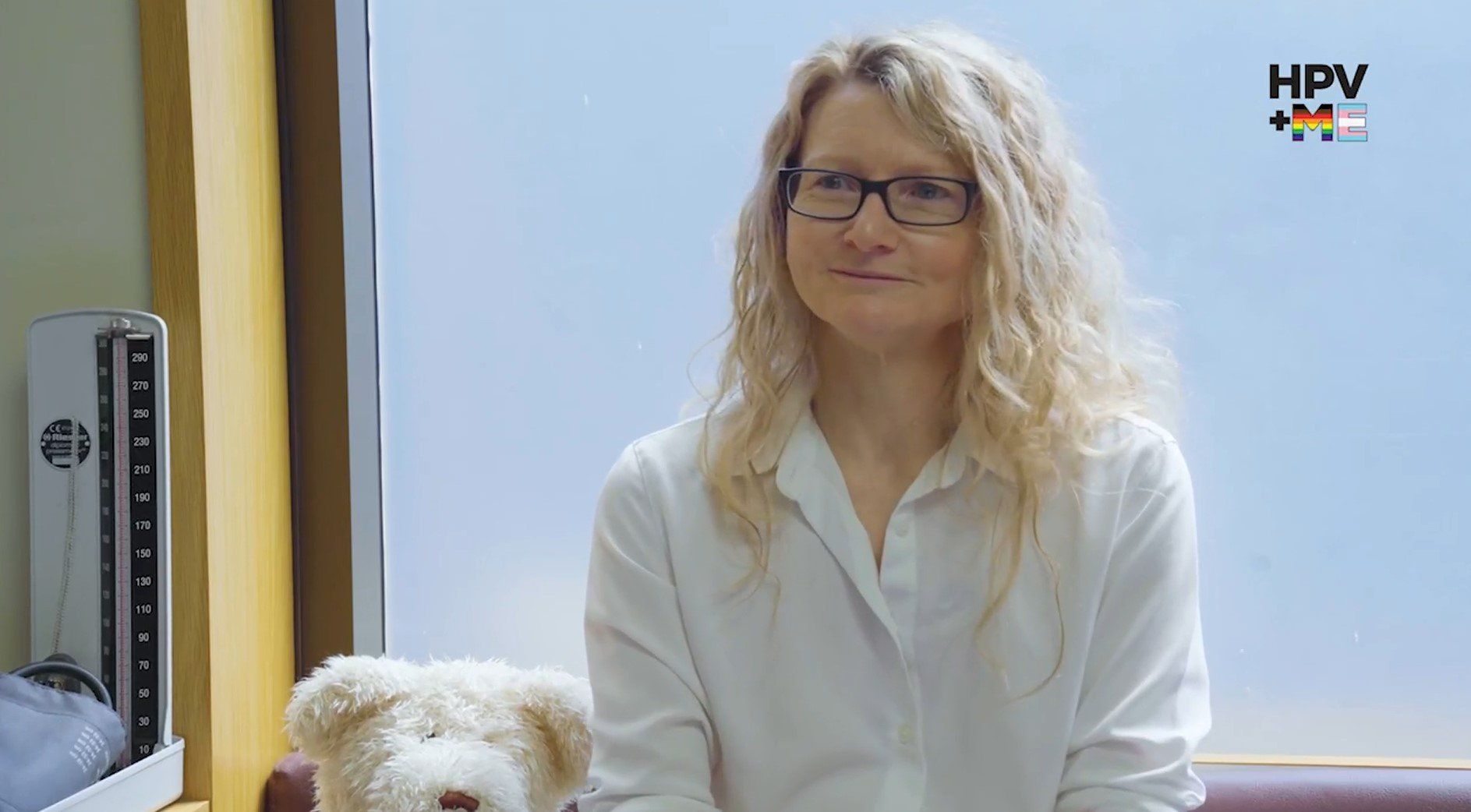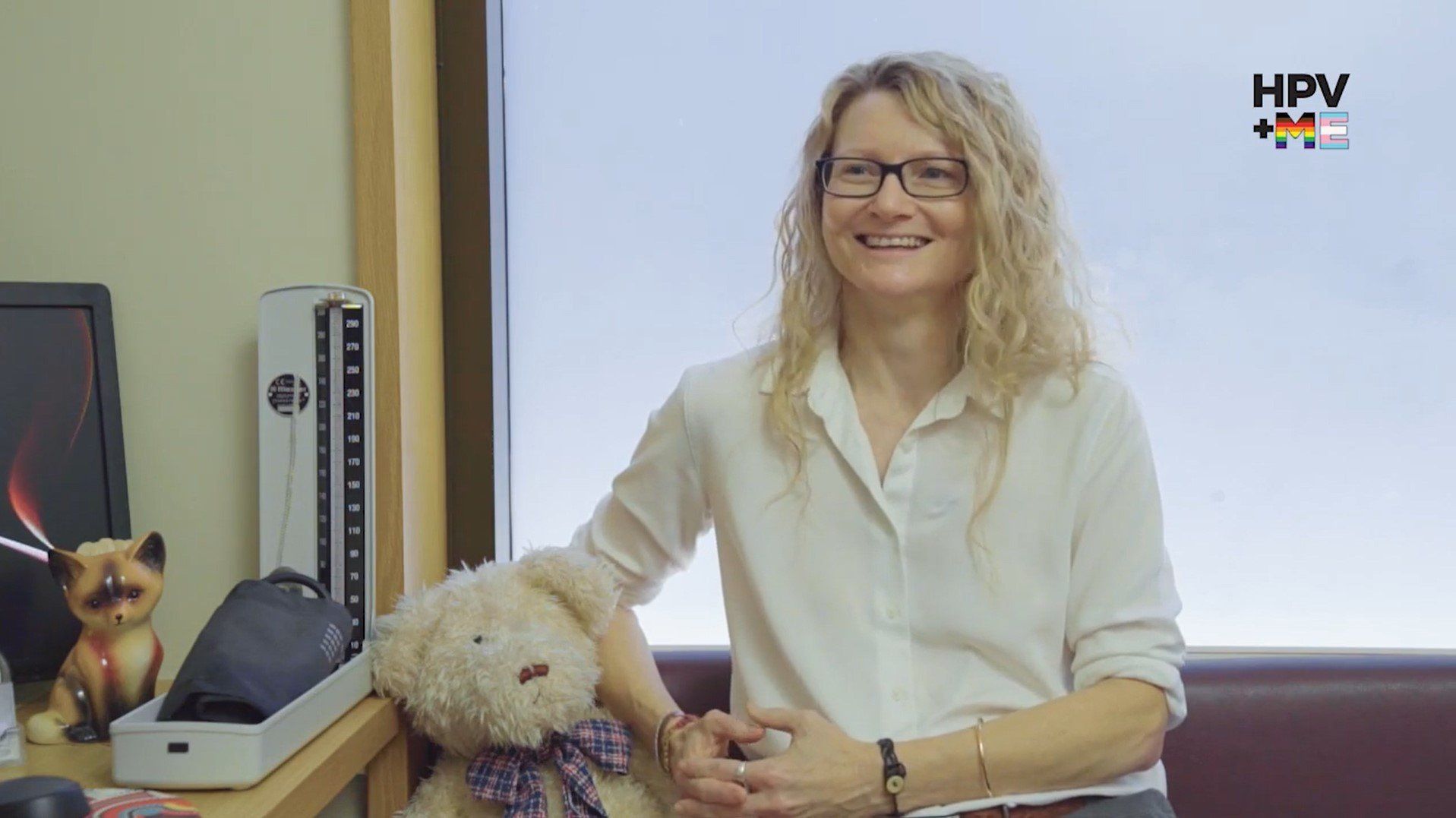Video Transcript
So when you’re trying to work out what screening a particular patient needs, it's good to think about things from an anatomical basis. And I use a thing called the organ inventory, which is really basically going through a list of what organs a person has. So, for people who are transgender or transmasculine or nonbinary or genderqueer, it's important not to make assumptions about what surgery they may or may not have had and if you have a good understanding of what their physical anatomy is, and you can ask your patient for that. Then you can know whether they would be eligible for screening. So the bottom line is if they have a cervix, then they should be in the screening program.
So it's really important not to make assumptions about your patients, about their anatomy, about their sexual practices and about their risk factors. You need to be able to ask open questions about these things. So for instance, for trans men and transmasculine identifying people and non-binary people assigned female at birth, you can't make any assumptions about whether they've had any kind of surgery. Often, they will not have had a hysterectomy at all. They may not have had any particular surgery. They may not even be on testosterone. So you won't know those things unless you ask. So obviously for someone who hasn't had hysterectomy and still has a cervix, then they are obviously eligible for screening. Now when it comes to trans women and transfeminine people, again you can't assume that they've had any kind of surgery. They may have been lucky enough to be able to afford to get a vaginaplasty done, but for a lot of women that is something that they have to save over a long period of time. So they may have what we call in the neovagina, which is a surgically constructed vagina, which is quite different to a cis-woman's vagina in that the tissue is different it there's usually no cervix and therefore there's no need for cervical screening. It's very rare for a transwoman to have a cervix in their neovagina, but if they have one they'll probably know and they'll probably tell you. There has been a very long standing myth that they don't need cervical screening and in fact many a patient has said to me that they went to a doctor and were told they don't need one because they don't have sex with men. That's a myth. As we know, you can catch HPV from things other than a penis, can get it from fingers and from sex toys. So that's one of the reasons why it's really important to make sure that people in that group understand that they are eligible for screening and they should have screening. And if they don't have screening, then you're going to miss some HPV infections and you're going to miss some cervical cancers in that group too.
What about intersex people?
Intersex people are actually more common than you might imagine. It's thought the incidents might even be something around 1%. A lot of them won't have been diagnosed with intersex. And there are so many different variations of what intersex means it could be chromosomal differences. It could be differences in development of genitals and reproductive organs.
There's so many things. Could be absence of enzymes that are needed, so you know you can't ever assume and if someone is intersex, depending on their age, they're likely to know it. But you can't make any assumptions about what anatomy they might have. And if you're not sure and they're not sure, then there are ways to find out. But I think the most important thing for intersex people is to be really respectful and to ask them. Be the student. They probably know more about their condition than you do, and let them tell you what their needs are. I think probably one of the most important things is to really explain the importance of the test. If someone understands the importance of the test, it's going to make it easier for them to accept it.
And if you normalise it and just say this is what we need to do to prevent this particular cancer and really explain why they're having the test, then they're much more likely to be at ease with it.
So when it comes to offering cervical screening for your patient, it's important to recognise that there are different ways of doing it that can make it more comfortable for a patient. So if you've got someone who's never had a screen before, or who is particularly worried about having a speculum examination, there are things you can do to make it more comfortable for them. You can use a small speculum, you can offer them to be the person who puts it in, and you can help guide them. Make sure you’re using lubricant of course.
You can offer for there to be a support person in the room, or a chaperone. If they are someone who's particularly anxious and concerned and really, really panicky about it, then of course you can offer them a form of light sedation if you want. And so long as they've got someone to drive them home afterwards and be there with them, that's perfectly reasonable in that situation if you're going to do a speculum exam and cervical screening on a transmasculine person or a trans man who's been on testosterone, there are likely to have been some changes in their genital tract that may make the screening process more uncomfortable. So one of the things testosterone does is it lowers oestrogen in that part of the body, which tends to make the tissue a little bit atrophic, a little bit more friable, more prone to bleeding, perhaps a bit drier, and maybe generally a bit more uncomfortable. So for those people, it's important to ask them beforehand if they are getting any of those symptoms already, if they're experiencing dryness or discomfort or bleeding. And often in that group I find that it's quite useful to use some topical oestrogen either as a cream or as pessaries for a few weeks, maybe two to four weeks prior to the examination, re-oestrogenise the tissue. It then just makes it a little bit more elastic and makes the whole thing more comfortable for them. And the other thing about adding in some oestrogen then is that you're less likely to get abnormal cytology because the cells are in better condition. The other thing that you can offer of course, if they're in an eligible group, is a self-collected cervical screening test. So we have a rebate available for self-collected cervical screening swabs if a person is aged 30 or over and is at least two years overdue for a screening test. So that's something that you could consider and might be a much more acceptable way of collecting a sample for HPV testing in that group.





